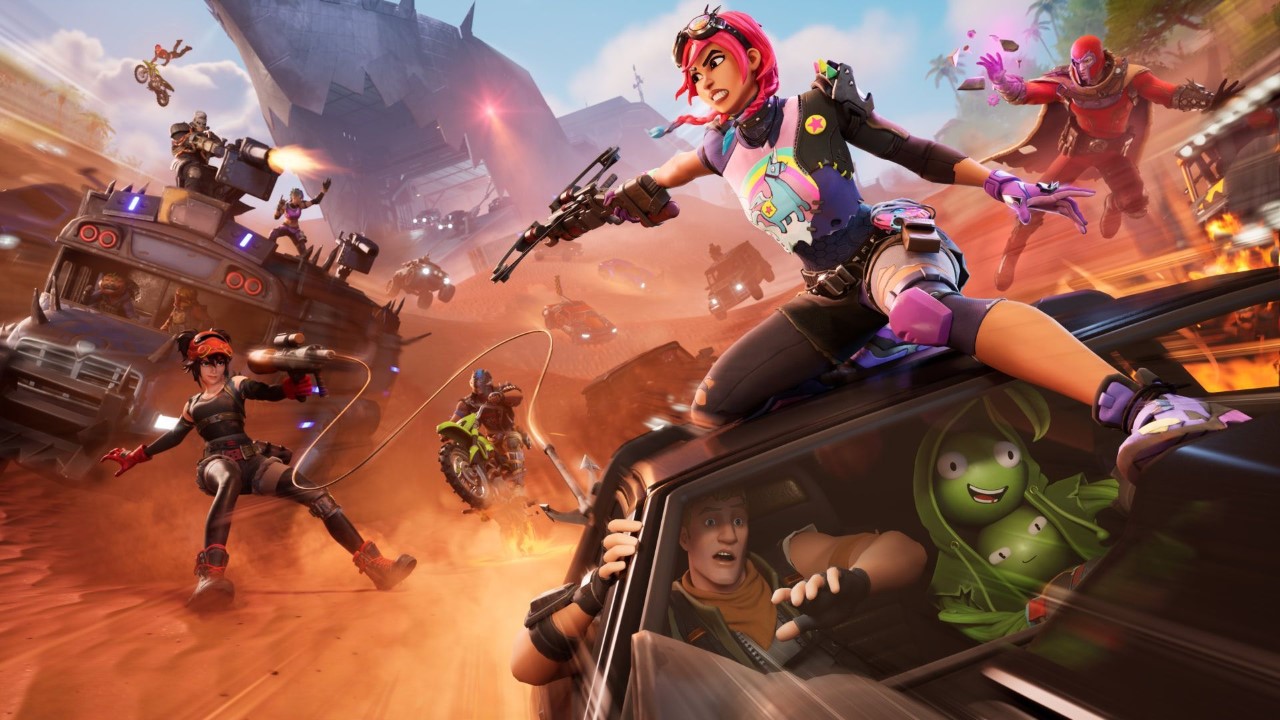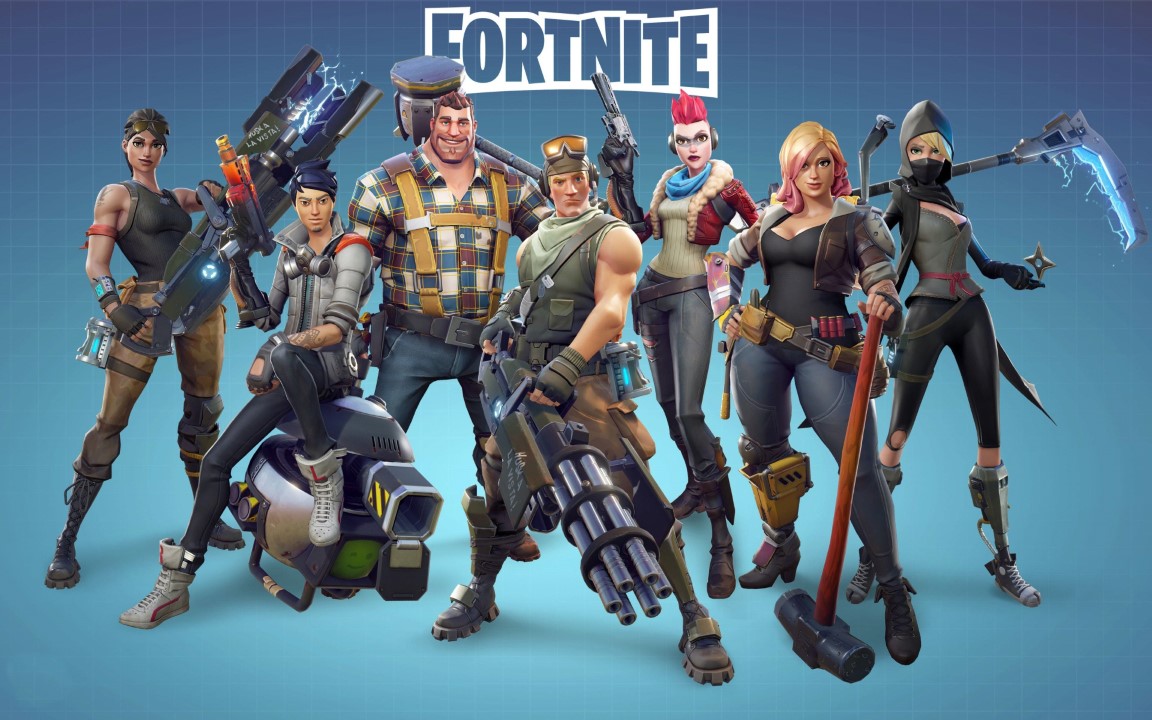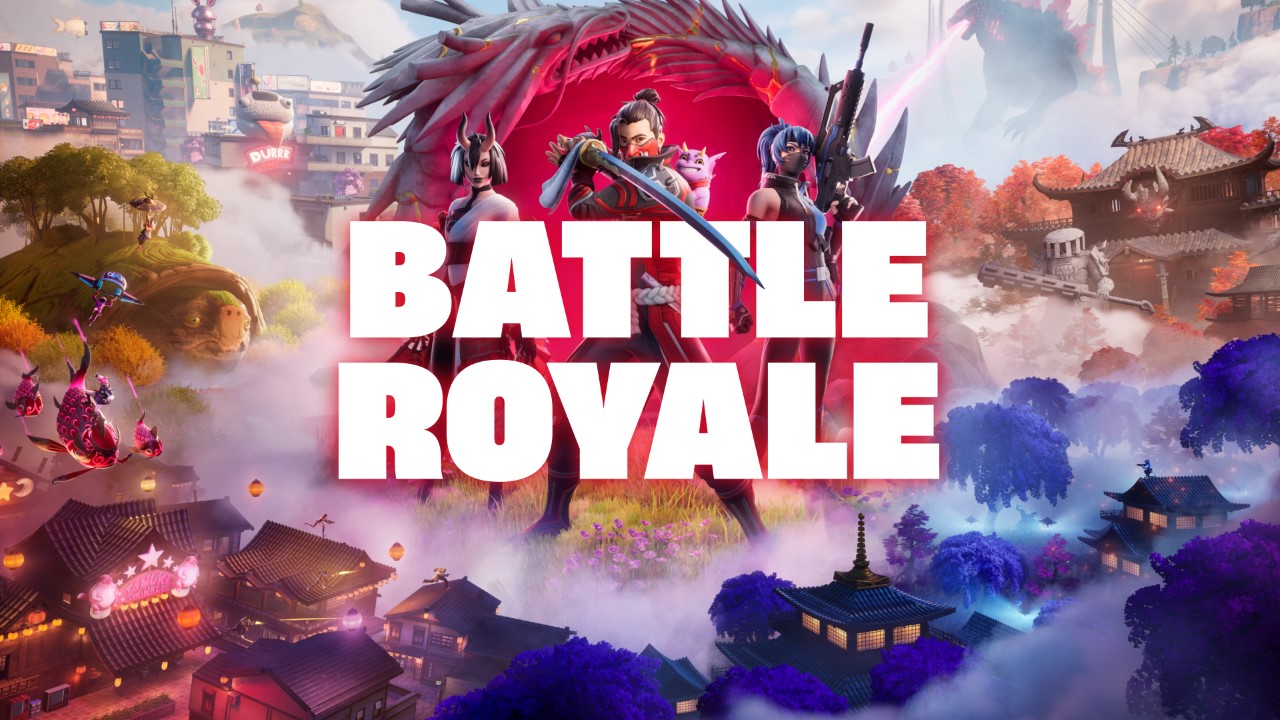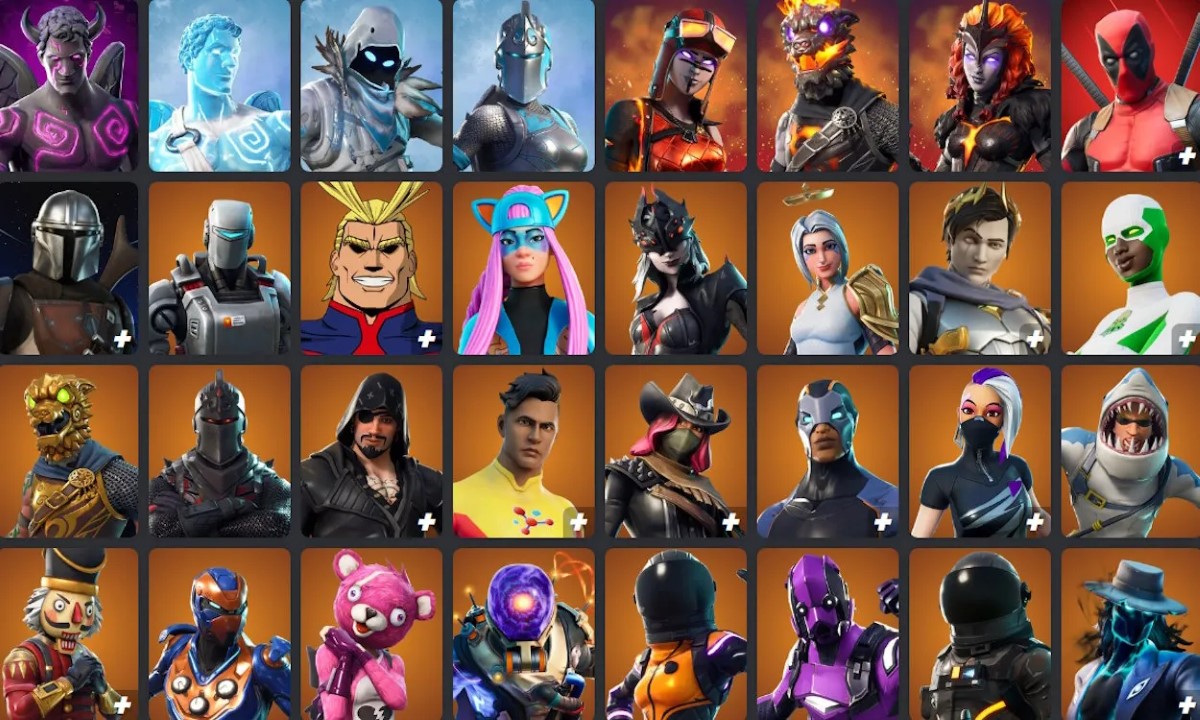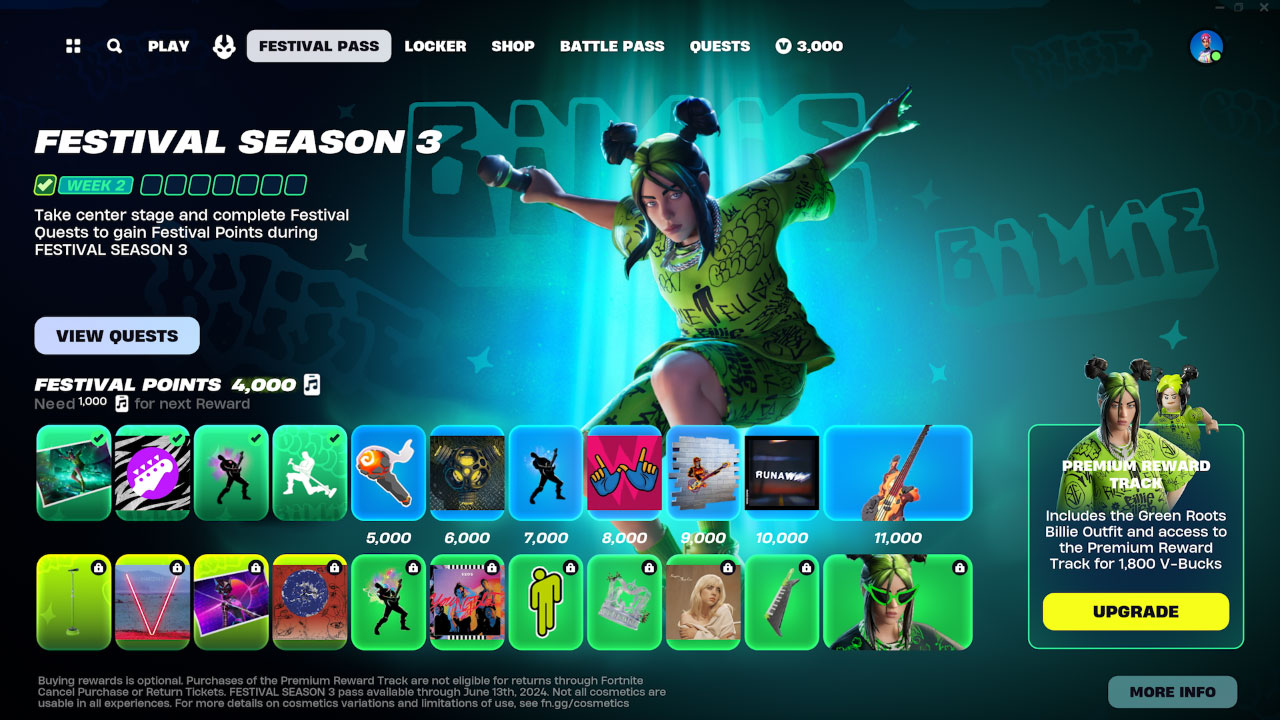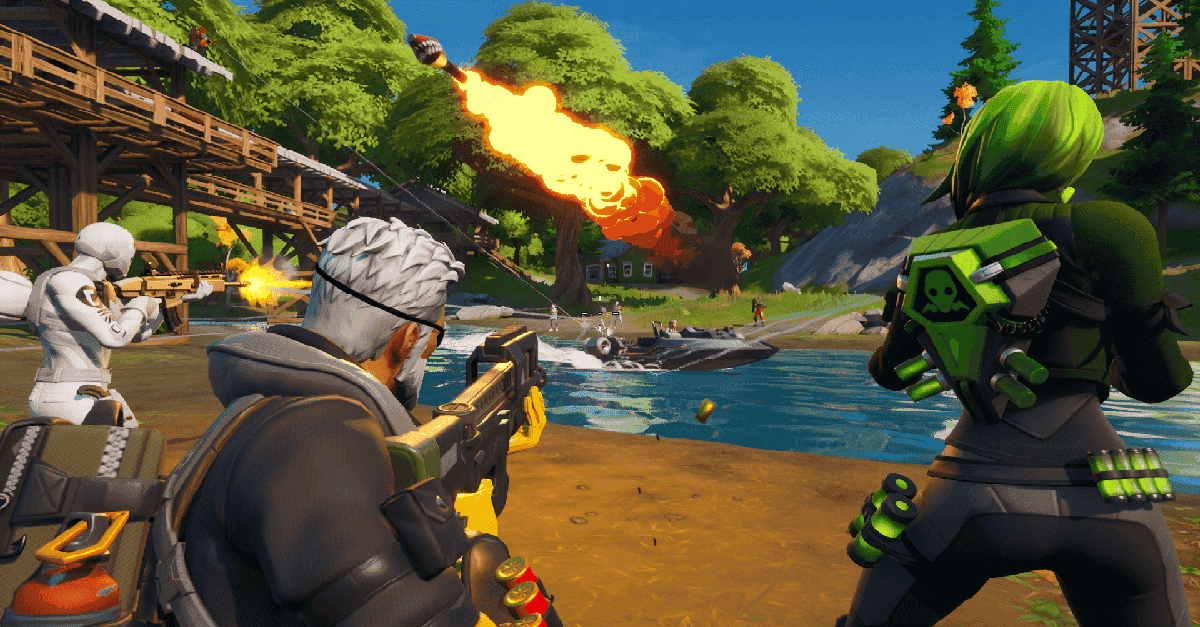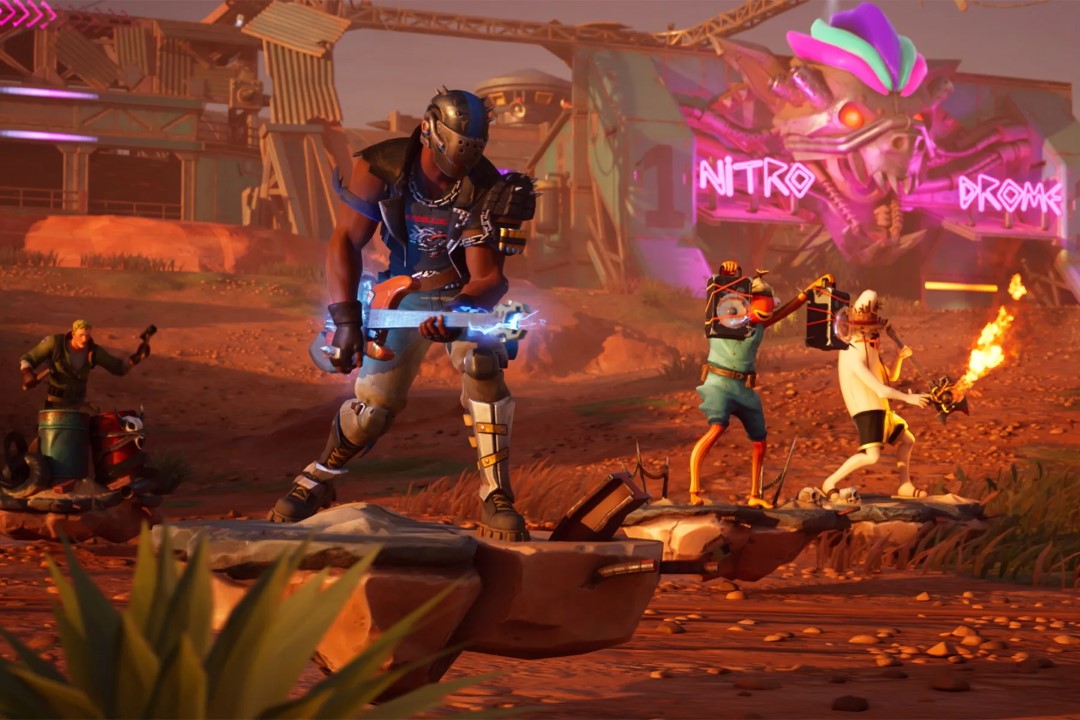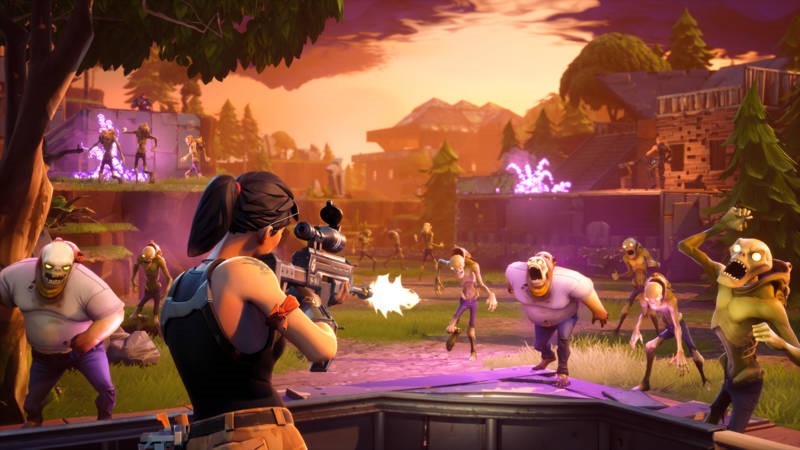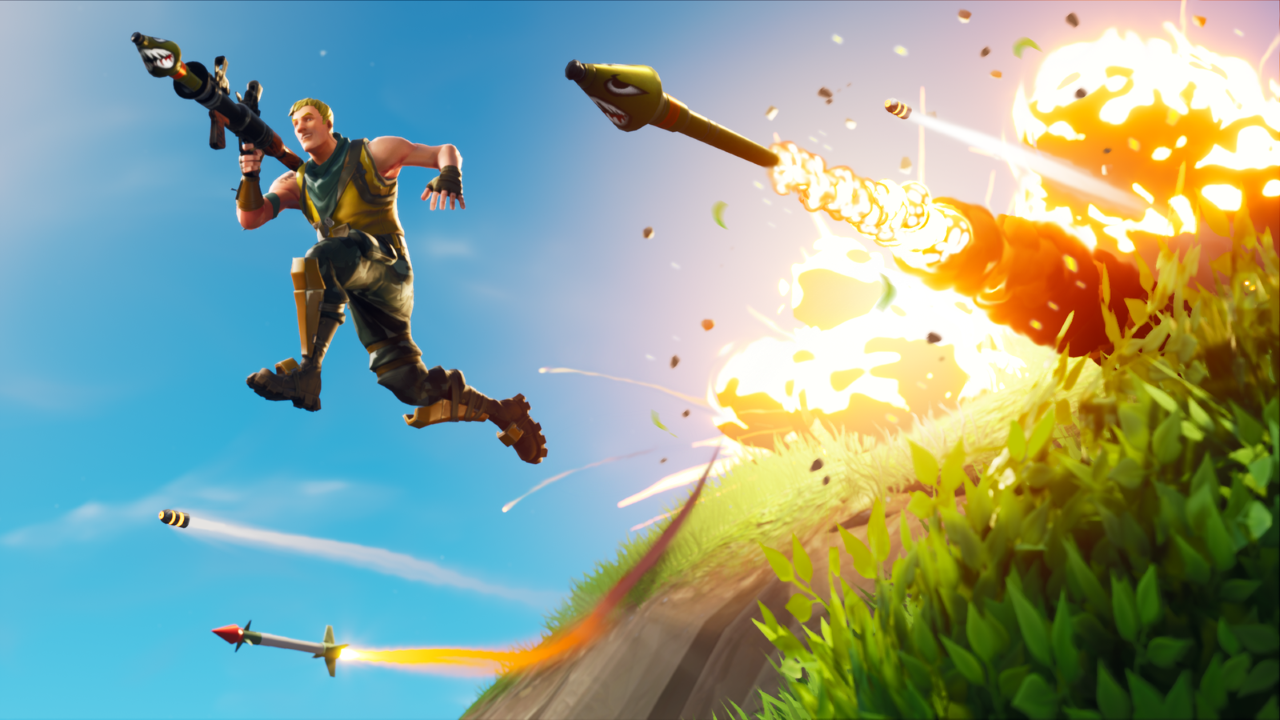In the world of gaming, few titles have had the profound and lasting impact of Fortnite. Created by Epic Games, Fortnite has become more than just a game—it’s a cultural milestone that bridges entertainment, community, and creativity. Since its release in 2017, it has evolved continuously, drawing in millions of players and reshaping the gaming landscape. This detailed review delves into Fortnite’s history, gameplay, its various modes, cultural impact, controversies, and whether it remains relevant in 2024.
The History of Fortnite: From Concept to Reality
Fortnite began as a modest concept in 2011, introduced at the Spike Video Game Awards by Epic Games. Its initial pitch focused on survival gameplay, blending tower defense mechanics with crafting and shooting elements. At the time, the gaming world was deeply entrenched in zombie survival games like Left 4 Dead and resource-based crafting experiences like Minecraft. Epic Games sought to innovate by combining these concepts into a cooperative multiplayer experience.
By July 2017, Fortnite: Save the World was launched as a paid early-access title. This mode allowed players to team up, collect resources, and construct elaborate defenses to fend off waves of undead foes called "Husks." While Save the World received praise for its creativity, it didn’t achieve widespread recognition. That would change just months later when Fortnite Battle Royale entered the scene.
Inspired by the meteoric rise of battle royale games like PlayerUnknown’s Battlegrounds (PUBG), Epic Games developed their own take on the genre. Fortnite Battle Royale was released in September 2017 as a free-to-play mode. Its vibrant art style, fast-paced gameplay, and the addition of building mechanics distinguished it from competitors. Within weeks, Fortnite Battle Royale became a global sensation, firmly establishing the Fortnite brand.
Fortnite’s Game Modes: A World of Endless Variety
Fortnite’s evolution has resulted in several distinct game modes, each offering unique experiences. While the franchise started with cooperative survival, its transformation into a battle royale and creative sandbox solidified its dominance.
1. Fortnite: Save the World
This original mode focuses on Player versus Environment (PvE) gameplay. Teams of up to four players work together to gather resources, craft weapons, and build structures to protect objectives from waves of zombie-like creatures. Save the World is mission-driven, with a narrative that revolves around humanity's survival after a mysterious storm engulfs the planet.
Save the World is a more structured experience than other Fortnite modes. It appeals to players who enjoy teamwork, strategy, and the satisfaction of overcoming escalating challenges. While it has been overshadowed by Fortnite’s battle royale mode, Save the World retains a dedicated fan base and continues to receive occasional updates.
2. Fortnite Battle Royale
The crown jewel of Fortnite, this mode pits 100 players against each other in a fight for survival. Players are dropped onto a sprawling island where they must scavenge for weapons, gather resources, and build defensive structures while the map’s safe zone shrinks over time. The last person or team standing wins.
What sets Fortnite Battle Royale apart is its dynamic map and constant evolution. Every season introduces new locations, mechanics, and themes, ensuring the gameplay never becomes stale. The addition of vehicles, NPCs, and exotic weapons has added layers of depth to the experience, making it one of the most engaging battle royale games available.
3. Fortnite Creative
Launched in 2018, Creative mode lets players unleash their imaginations. This sandbox environment allows users to build their own maps, design custom game modes, and experiment with Fortnite’s mechanics. From elaborate obstacle courses to unique battle scenarios, the possibilities are endless.
Creative mode has become a hub for the community, with Epic Games spotlighting exceptional user-generated content. Many creators have used this mode to develop maps that have gained immense popularity, sometimes even influencing Fortnite’s official playlists.
4. Lego Fortnite
A collaboration with The Lego Group, this mode introduces a whimsical, block-building twist to the Fortnite formula. Players can explore an open-world environment, crafting and constructing with Lego-themed elements while navigating survival-based challenges. Lego Fortnite appeals to younger audiences and fans of both franchises, providing a fresh take on Fortnite’s core gameplay.
5. Rocket Racing
Developed by Psyonix, a subsidiary of Epic Games and the creators of Rocket League, Rocket Racing introduces high-speed vehicular gameplay to the Fortnite universe. Players compete in fast-paced races, utilizing skillful driving and power-ups to outmaneuver opponents. This mode offers a significant departure from Fortnite’s traditional gameplay, catering to racing enthusiasts.
6. Fortnite Festival
Developed in collaboration with Harmonix, Fortnite Festival integrates music and rhythm-based gameplay. Players participate in interactive concerts and musical challenges, synchronizing their actions to beats. This mode exemplifies Fortnite’s ability to blend gaming with other forms of entertainment, creating a truly unique experience.
Innovative Gameplay Mechanics: Building and Beyond
Fortnite’s gameplay stands out primarily due to its innovative building mechanics. Unlike most shooters, Fortnite allows players to construct walls, ramps, and structures in real time. This mechanic introduces a level of strategy rarely seen in other battle royale games. Building can be used defensively, to gain high ground, or even as a means of trapping opponents.
Combat in Fortnite is equally distinctive. The game features a vast arsenal of weapons, ranging from traditional guns to quirky items like Boogie Bombs and Chug Cannons. This variety ensures that every encounter feels unique and unpredictable.
Seasonal updates play a critical role in keeping Fortnite fresh. Each new season introduces thematic changes, updates to the map, and a wealth of new content. These updates often tie into live events, such as the end-of-chapter events, which attract millions of players and spectators.
Cultural Impact and Collaborations
Fortnite’s influence goes far beyond gaming. It has become a cultural phenomenon, celebrated for its ability to integrate pop culture and bring people together through shared experiences.
Crossovers and Partnerships
Fortnite’s collaborations are legendary. The game has partnered with major franchises like Marvel, DC, Star Wars, and even popular anime like Naruto. These crossovers introduce themed skins, items, and events, creating moments that resonate with fans of multiple genres.
In-Game Concerts
Fortnite pioneered virtual concerts, hosting performances by artists like Travis Scott, Ariana Grande, and Marshmello. These events draw millions of players and serve as groundbreaking examples of how gaming can merge with other entertainment forms.
Cultural Trends
From dances like the Floss to its vibrant art style, Fortnite has left an indelible mark on modern culture. Emotes and gameplay moments have been adopted in sports celebrations, viral videos, and social media trends.
Challenges and Controversies
Despite its success, Fortnite has faced criticism and controversy. Its legal battle with Apple and Google over app store policies highlighted the tension between developers and platform owners. Additionally, concerns about screen time, microtransactions, and the pressure on younger players to make in-game purchases have sparked debates among parents and educators.
Fortnite’s rapid evolution has also made it overwhelming for some players. The constant introduction of new mechanics and features can make it difficult for newcomers to adapt, and some fans have criticized the game for losing the simplicity that initially made it popular.
Is Fortnite Still Worth Playing in 2024?
The answer to this question depends on your perspective. From one angle, Fortnite is an ever-evolving playground that offers something for everyone. Its accessibility, cross-platform play, and free-to-play model make it easy to jump in and enjoy. The game’s vibrant community, frequent updates, and creative freedom ensure that there’s always something new to explore.
However, Fortnite isn’t without its drawbacks. The game can feel overwhelming for new or returning players, especially with the sheer amount of content added over the years. Competitive players may find the constantly changing meta frustrating, and some may feel alienated by the game’s shift toward elaborate collaborations and monetization.
Ultimately, whether Fortnite is worth playing in 2024 depends on your preferences. If you enjoy dynamic, community-driven experiences and don’t mind a learning curve, Fortnite remains one of the most engaging games available. For those seeking a more straightforward or less competitive experience, it may not be the right fit.
Game Details
- Genre: Battle Royale, Shooter, Creative Sandbox
- Year of Release: 2017
- Platforms: PlayStation 4, PlayStation 5, Xbox One, Xbox Series X|S, Nintendo Switch, PC, Mobile
- Age Rating: T (Teen)
- Game Ratings: 88/100 (Metacritic), 9/10 (IGN)
- Single Player or Multiplayer: Primarily Multiplayer (PvP); Some Solo Options in Save the World and Creative Mode
- Developer and Publisher: Epic Games
- Awards:
- Best Ongoing Game (2020 Game Awards)
- Best Multiplayer Game (2019 Game Awards)
- Best Game Design (2018 BAFTA Game Awards)
- Best Mobile Game (2018 Golden Joystick Awards)
- Best Esports Game (2021 The Game Awards)
Pros and Cons
Pros
- Dynamic gameplay and constant updates
- Unique building mechanics
- Vibrant community and creative tools
- Cross-platform support
- Free-to-play model with optional purchases
Cons
- Overwhelming for new players
- Heavy reliance on microtransactions
- Frustrating meta changes for competitive players
Our Rating: A Detailed Assessment of Fortnite
Fortnite has undoubtedly earned its place as one of the most influential games of its generation. After more than seven years of continuous updates, live events, and crossovers, it remains a staple in the gaming world. However, as with any game of this magnitude, it is not without its complexities, and its appeal can vary depending on the type of gamer you are.
Gameplay and Innovation (9/10):
One of Fortnite's standout features is its innovative gameplay mechanics, particularly the building system. The ability to instantly create structures to gain strategic advantages in combat is a game-changer, setting it apart from other battle royales. Additionally, the mix of competitive shooting with construction gives players the flexibility to approach each encounter in multiple ways. The addition of creative modes has also expanded Fortnite's reach, offering a sandbox where players can create and share their own experiences. However, this level of innovation comes with a learning curve. For newcomers, mastering the building mechanics can be overwhelming, and the game's pace can be unforgiving for players not up to speed with the meta.
Content and Updates (10/10):
Fortnite shines in its sheer volume and quality of content. Each season introduces new themes, mechanics, limited-time modes, skins, and narrative arcs. These regular updates keep the game feeling fresh and alive, providing something new for both casual players and competitive gamers. The live events, such as in-game concerts and crossovers with pop culture franchises, are also impressive, drawing in millions of players to witness unique, one-time-only moments. However, while this constant evolution ensures the game remains engaging for most, it can also be overwhelming for some players who struggle to keep up with the ever-changing content.
Community and Social Features (8/10):
Fortnite has a thriving and diverse community, which is one of its greatest assets. Players are not just competing in the game; they’re building relationships, participating in live events, and sharing custom content. The social aspect of Fortnite is one of its most enjoyable features, especially with the cross-platform play that allows friends to play together, regardless of the platform. However, the competitive nature of Fortnite can lead to a toxic environment, particularly among more seasoned players. The frustration of being repeatedly outclassed by skilled opponents can deter newcomers from sticking with the game.
Monetization and Microtransactions (7/10):
Fortnite’s free-to-play model has been a key factor in its success, offering players the ability to jump in without any financial commitment. That being said, the game’s monetization system—largely centered around its Battle Pass and premium cosmetics—can feel a bit too aggressive at times. While cosmetic items do not impact gameplay, the constant presence of in-game purchases and the pressure to buy skins, emotes, and Battle Passes can make the game feel more like a storefront than an immersive experience. Moreover, younger players, who make up a large portion of the community, are particularly vulnerable to in-game purchases, raising concerns about spending habits.
Competitiveness and Balance (8/10):
Fortnite’s balance between casual play and competitive gaming is both a strength and a weakness. The game does a great job of attracting all types of players, from casual gamers to hardcore competitors. Its ranked modes, tournaments, and competitive leagues like the Fortnite World Cup provide skilled players with the opportunity to prove themselves. However, the game’s frequent updates and ever-changing meta can make it frustrating for competitive players. The introduction of new weapons, mechanics, and map changes sometimes upends the competitive balance, forcing players to continually adapt. Moreover, the skill gap between new and experienced players is vast, which can be discouraging for those who aren’t looking for an intense experience.
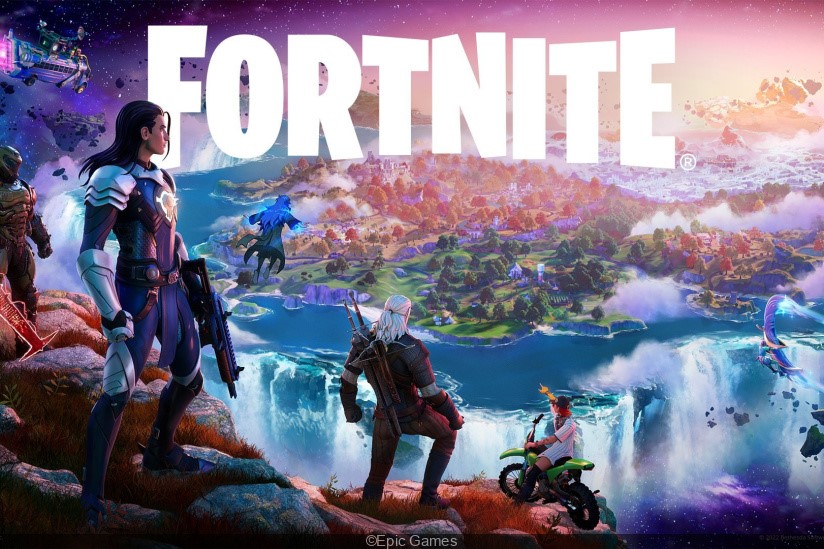
Accessibility and Player Experience (9/10):
Fortnite’s accessibility is one of its greatest strengths. The game is available on almost every major platform, including PC, PlayStation, Xbox, Nintendo Switch, and mobile devices. Cross-platform play allows friends to team up, regardless of the device they’re using, ensuring that no one is left out of the action. The low system requirements also make it accessible to a wider audience, including players with less powerful PCs. On the flip side, the frequent updates and the complexity of new game mechanics can sometimes leave casual players in the dust, struggling to keep up with the latest changes.
Final Rating: 9/10
After considering all aspects of Fortnite—from its groundbreaking gameplay mechanics to its cultural impact, monetization, and community—it’s clear that Fortnite remains an exceptional game that has set new standards in the industry. It’s a game that manages to stay relevant year after year, offering players fresh content and innovative experiences.

